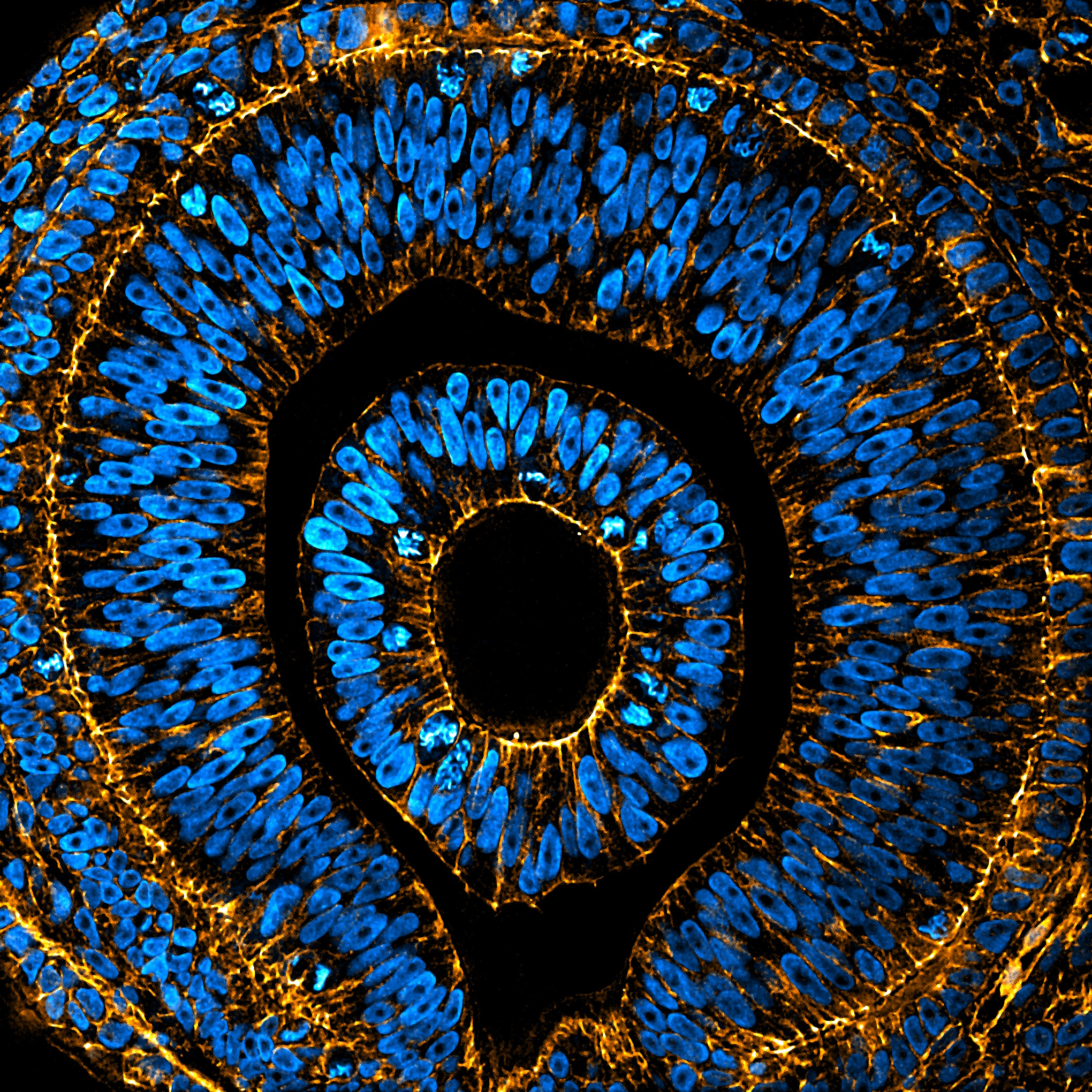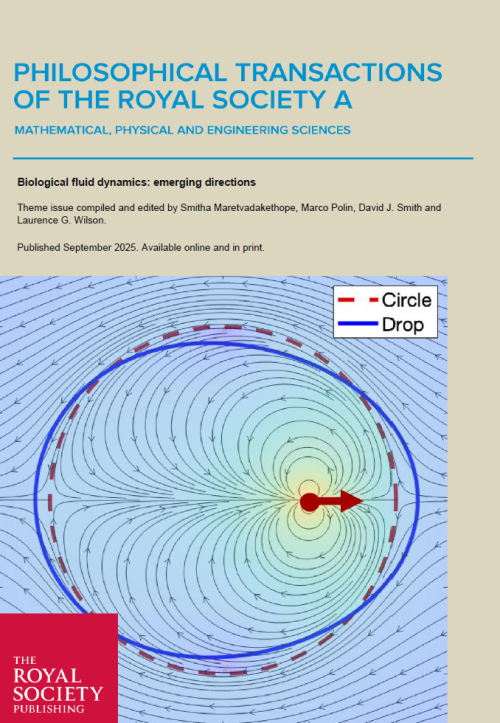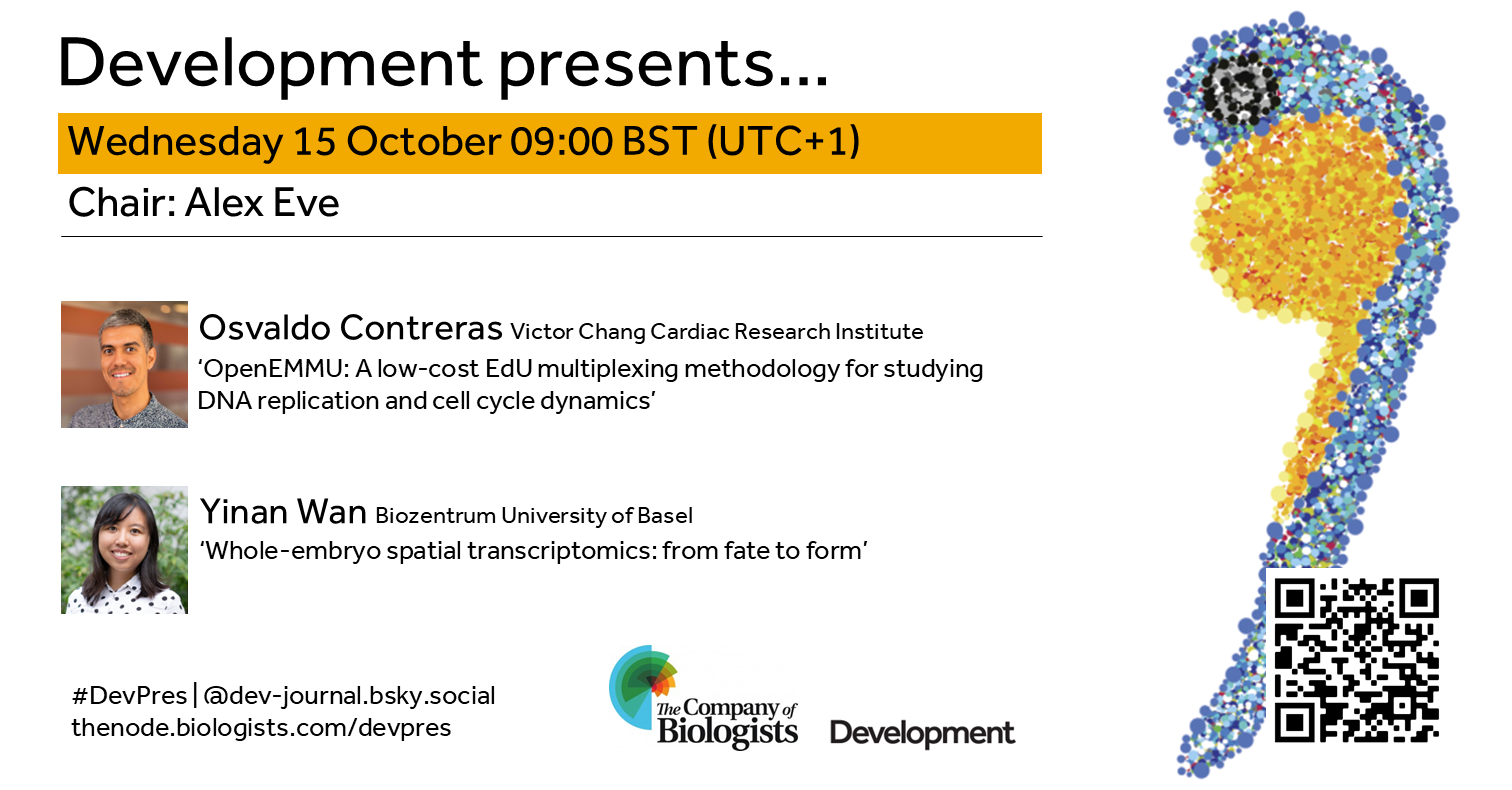Hopeful monsters. Morphospace. Mutation. Natural variation. Mutagenesis screens. Polymorphism. Deformity. Phenotype. Disease. Adaptation. Anomaly. Variant. Error.
What defines the distinction between defect and difference? Between natural and unnatural? Between right and wrong?
When you are disabled, you are made to feel that you are wrong.
In my evo-devo PhD, my study species was a species of cichlid fish. When people unfamiliar with them ask me what on earth a cichlid is and why on earth I would study it, I launch into explaining what an adaptive radiation is with “you know Darwin’s finches? Like that but fish, and instead of islands, it’s lakes. They’re all sorts of shapes and colours to suit all sorts of ecological niches.” What’s so interesting about them is their diversity. In paper introductions we try to convey the extent of that diversity with adjectives like “remarkable”, “unparalleled”, and “astonishing”. They are words full of wonder. Even with our range of species in the lab, it is something I only really appreciated personally rather than academically when I finally went diving in Lake Malawi/Nyasa.
All of that diversity in form is the product of varying developmental processes, tweaked by genetic differences from an ancestral set of developmental trajectories. So another thing we sometimes say is that cichlids represent a “natural mutagenic screen”1. Nature has provided a set of morphological differences, so we can investigate the relationship between developmental processes and morphological outcome. Not only does this give us a better understanding of the role of development in evolutionary change, but also it may provide another window into the developmental processes that we still don’t fully understand. The implication is that by studying natural variation, you can better understand “normal” development. If you understand which genetic and developmental differences lead to natural biodiversity, you can gain insights into how genetic and developmental differences lead to pathological deviation from the norm2. Take cichlid craniofacial shape diversity, for example. The variation between cichlids reflects adaptations to different feeding strategies. One of the key findings of evo-devo research is that the same developmental pathways and programmes are used across even distantly related organisms. So studying craniofacial development in one organism, such as a fish, can shed light on craniofacial development in another vertebrate, such as humans. By extension, studying how craniofacial development differs between cichlids can shed light on parallel defects in human craniofacial development3.
Who decides what is normal development? Who decides what is natural biodiversity or pathological deviation? Who defines the distinction between defect and difference?
Developmental biology and disability have been two parallel paths in my adult life. Rather, they seemed to be parallel, until more and more ideas from each began to collide. I first stumbled across an article that made me realise I am neurodivergent one evening while undertaking an undergraduate summer research project in a developmental biology lab. Four years later I made it to the top of the waiting list at the NHS clinic and was diagnosed, during my PhD. In the intervening time, I was developing a better understanding of perspectives on evolution and development. In that same intervening time, I read up on neurodiversity theory and disability justice.
Disabled is one of those adjectives that is secretly a verb. Like exhausted, frightened, excited, there is an implicit action that caused this state. I am exhausted – I was exhausted by the swim. I am frightened – I was frightened by the news. I am disabled. The question is: disabled by what? The medical model of disability locates the disability in the person’s body. The social model, on the other hand, locates the disability in the world around me. The world disables me. It disables me by not meeting my access needs. It does not pretend my physiological condition does not exist – but it identifies that the problems related to that condition have external causes. The social model is freeing because it is actionable. If you are shortsighted, you probably don’t consider yourself disabled, and that’s likely because you have prescription glasses or contacts that mean you are not cut off from engaging with parts of the world. The social model is freeing because it means disabled is not a dirty word: you no longer consider it to be an inherent character flaw. Disability is not shameful. Inaccessibility is shameful.
You can repeat those sentences like a mantra as much as you want, but the internalised ableism is hard to shake. It is hard to shake the conviction that you are somehow innately wrong. That it is your fault.
Developmental biology is in the business of understanding how forms are built. With that remit comes the study of how form-building goes awry. Sometimes that’s a tool in the developmental researcher’s toolbox: “Break it, and we understand how a sequence is necessary”4. Sometimes understanding how it goes awry by itself is the motivation: so you can suggest how you could fix it. This is often given as justification for the blue-sky discovery science, and is sometimes the central motivation for the work.
About the same time as my diagnosis, I began to lose my hearing – a condition involving excessive bone remodelling that may or may not be inherited, may or may not be exacerbated by oestrogen, but definitely isn’t environmentally induced and that’s about as much as we know. After having covid, I began severely struggling to keep up with my work and life, and about a year later admitted defeat and took long-term sick leave to recover, thankfully returning to finish my PhD despite my fears at the point of intermission. I am accruing disabilities. It is as if I am collecting them like shiny cards. Shiny, shameful, cards.
One of the key perspectives on evolution and development that I like to make clear to people in my non-science life is that there is no such thing as best adaptation. It is a pervasive popular misconception that evolution is a series of advancements and that some species are more evolved than others. The misconception is understandable, given the original scientific thinking on evolution was imbued with the same ideas of advancement and progress. But there’s no such thing as adaptation in a vacuum. Fitness is a concept only in relation to the environment. In my first year undergraduate lectures, we were shown representations of fitness landscapes, and I had fun picturing the landscapes shifting when the environment changed. We stepped through the maths of sickle cell allele fitness in situations with malaria and without malaria. Everything shifts with context, and everything depends on that flimsy, ephemeral balance between organism and environment.
To be glib, a human is no more evolved than a fish, but is better adapted to running long distances to tire out prey, while a fish is better adapted to living underwater. Having lungs instead of gills is a problem if you want to be underwater. To see the cichlids in their natural environment, I donned heavy equipment to take the air down with me. That wouldn’t be something I’d need to consider if I had been looking for finches instead.
The social model of disability is analogous to this argument of adaptation: everything depends on the environment. I’m not arguing that disabilities are an adaptation to worlds that we haven’t yet built. I’m highlighting that the environment determines whether a difference is a disadvantage.
It doesn’t matter if you have insensitive hearing if you are communicating with hand signs. It is not a disadvantage to be sensitive to fluorescent lights if you don’t work in an office rammed full of them. Crucially for the social model of disability, we construct our environment. Humans generally can’t see in UV, so we don’t make road signs with UV markings. If starlings were in charge, things might be different.
Who defines the distinction between defect and difference?
There are many, many aspects of human variation. There are many ways to be disabled. The neurodiversity paradigm makes the argument the most strongly that just as there is bio-diversity between species, within humans there is neuro-diversity. This analogy was arrived at by autistic people on web forums in the 1990s5. The differences are physiologically neutral, but disabling because the world is set up to cater by default to the neurotypical neurotype.
Not every neurodivergent person feels the same about these things, of course. And people disabled in other ways feel differently too: people with chronic illnesses, particularly those with chronic pain and energy-limiting conditions, tend to find the social model doesn’t capture the problems they face. In these cases, there is often a dearth of research behind the disabling lack of treatment options. Disabled people are not listened to about which conditions need more research. And in particular, disabled people are not listened to about which aspects of their conditions they would find it useful to have research address. The fact that this research is not done (and sometimes instead unwanted, harmful research is done instead) is an extension of the social model: the lack of appropriate research is itself disabling.
Note my qualifiers: appropriate research, aspects of their conditions. I’ve watched developmental biology presentations where a gene has been identified as of interest through one method or another, and a condition or a whole collection of conditions are listed next to the gene name on the slide. Presumably these have shown up on a human GWAS somewhere. Sometimes it’s physical conditions like spina bifida, or polydactyly. Sometimes it’s neurological conditions like autism, schizophrenia, dementia. It is an off-hand list written to say: ‘look, there could be useful implications to this work! We could be useful and eliminate all these conditions!’ It flattens all these conditions into inherently bad, bad in the same way, with no nuance into what people might actually want to see for improvements to their lives. It is a gut-punch every time. I came to see a seminar about neurons, and I was casually told it would be better if I didn’t exist.
My brilliant friend wrote an article about the futility and danger of the simplifications of identifying genetic associations to complicated human traits in BlueSci, on the search for ‘gay genes’6. Not only it is unsurprising that complex, multi-dimensional traits are highly polygenic, but also this pathologising approach encourages the eugenicist perspective: find the cause of difference so you can eradicate it. (And consider: back when homosexuality was in the DSM, would that have shown up on the list of conditions next to the gene of interest in those presentations?) Often, disability-related research similarly enables eugenicist goals. The more I have come to understand this, the more wary I have become of efforts to introduce human embryo gene editing and unwittingly or wittingly make those eugenicist goals possible. With the last of my pre-intermission spare energy, I wrote an article for the Keppel Health Review on autism research, and how autism research funding is often spent on attempts to find the cause of autism, in a way that implies that autism can and should then be eliminated7. Rather than listen to criticisms or even make good use of the lived-experience insights from autistic people, high-profile autism research has continued the same research directions while simply pasting inclusive language on top. (Not exactly good practice Public and Patient Involvement!) I was excitedly gearing up to write about the use of language about disability in developmental biology and the intertwined history of eugenics when, ironically, I had to pause working due to my long-term illness.
I’m not arguing that disabled people don’t want research, or new treatments or interventions. I’m highlighting that disability can’t be flattened into something that is uniformly and inherently wrong, for the scientist to swoop in to save us all from.
Who defines the distinction between defect and difference?
Medical research can transform lives. We live in the age of miracles – I believe this genuinely and viscerally. Transformative medical advances can rest on developmental biology research. And more broadly, developmental and evolutionary biology concepts shape the way we see ourselves as human.
So, it is possible to do better. It is possible to engage with disabled people when you realise your development research is related to disability. Too often, attempts at engagement with marginalised groups relevant to research boils down to pasting inclusive language over the same narrow negative perspectives. Genuine engagement is as simple as listening. Listen to how disabled people feel about their conditions and their circumstances. Listen to what they would have change if they could. Listen to how they relate to their conditions and how they prefer to describe them. Listen to how they explain their experience of their conditions, because it might give you ideas and insights into what to research next. Listen to what kind of research they would find useful and what kind of research they would find harmful. Listen to people with the relevant conditions, because disability isn’t a singular experience. Listen to a range of people with those conditions because, again, disability isn’t a singular experience. And crucially, change your approach to be consistent with what you hear. Change your language, yes, but also interrogate what views underlie the language you were previously using and challenge those views. I think the field could be so much richer for it.
Who defines the distinction between defect and difference? Surely it should be those who live with those differences.
My favourite part of my PhD was any time I had the chance to look at my embryos under the microscope. They were strange, gorgeous things. Developmental biology is fundamentally beautiful. We are no less beautiful for our variation. Instead, perhaps we are more so. Perhaps we are remarkable. Perhaps we are full of wonder.
- Kocher. (2004). Adaptive evolution and explosive speciation: the cichlid fish model. Nature Reviews Genetics 5, 288–298 https://doi.org/10.1038/nrg1316
- Diogo, Guinard, Diaz Jr (2017). Dinosaurs, chameleons, humans, and evo-devo path: Linking Étienne Geoffroy’s teratology, Waddington’s homeorhesis, Alberch’s logic of “monsters,” and Goldschmidt hopeful “monsters”. J. Exp. Zool. (Mol. Dev. Evol.) 328B: 207–229 https://doi.org/10.1002/jez.b.22709
- Powder, Albertson (2016). Cichlid fishes as a model to understand normal and clinical craniofacial variation. Developmental Biology 415, 338-346 https://doi.org/10.1016/j.ydbio.2015.12.018
- Cooper (2024). The case against simplistic genetic explanations of evolution. Development 151 https://doi.org/10.1242/dev.203077
- Martijn Dekker (2023). A correction on the origin of the term ‘neurodiversity’ https://www.inlv.org/2023/07/13/neurodiversity-origin.html
- Chay Graham (2021). What have we learnt by searching for gay genes? BlueSci 52 https://www.bluesci.co.uk/posts/what-have-we-learnt-by-searching-for-gay-genes
- Clark (2023). Beyond box-ticking: redressing communication power imbalances in autism research. Keppel Health Review. No longer available online; author copy at https://1drv.ms/b/c/de730b21dd0b2d0d/EX6XCAnx–hMo-_vuM-yF-4B4qjWEE5tZbKHYpgeVvjP5A?e=3Pqnix
 (10 votes)
(10 votes)
 Loading...
Loading...



 (1 votes)
(1 votes)
 (No Ratings Yet)
(No Ratings Yet)
